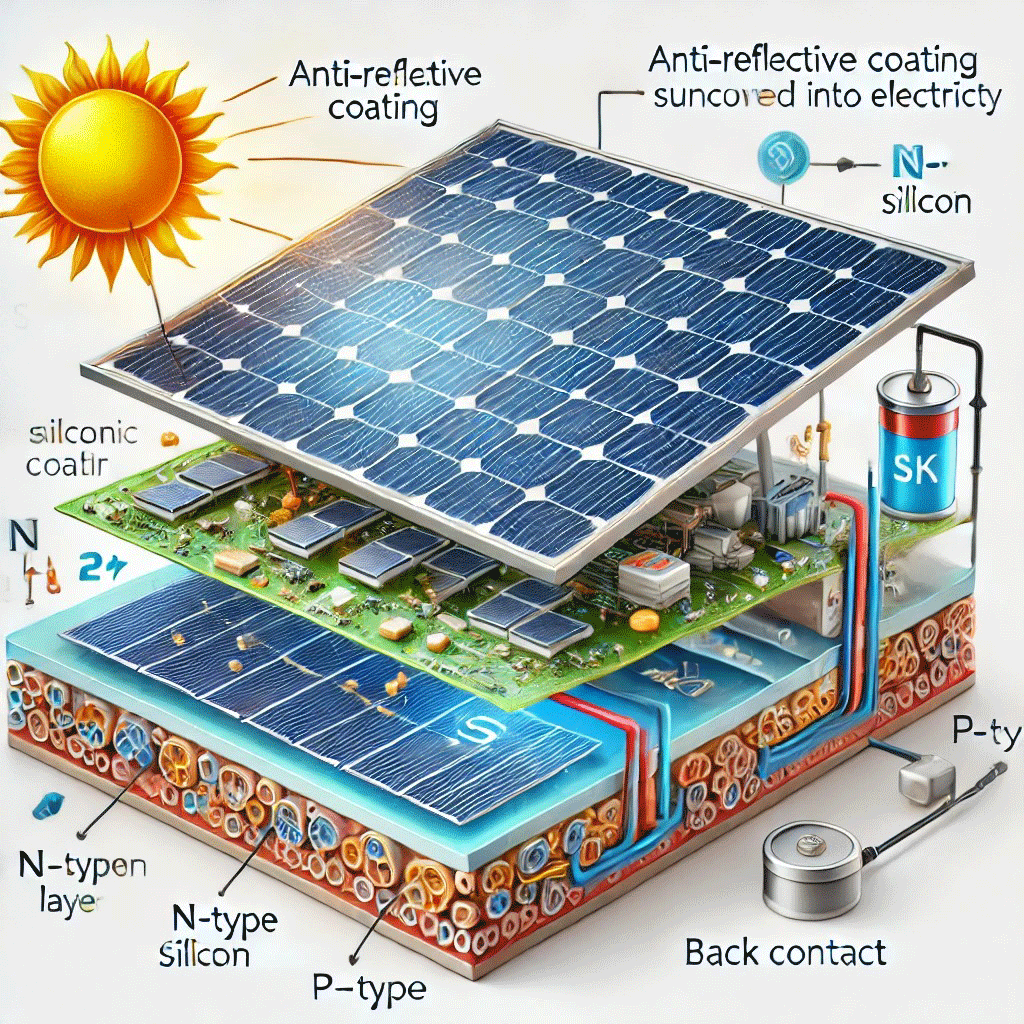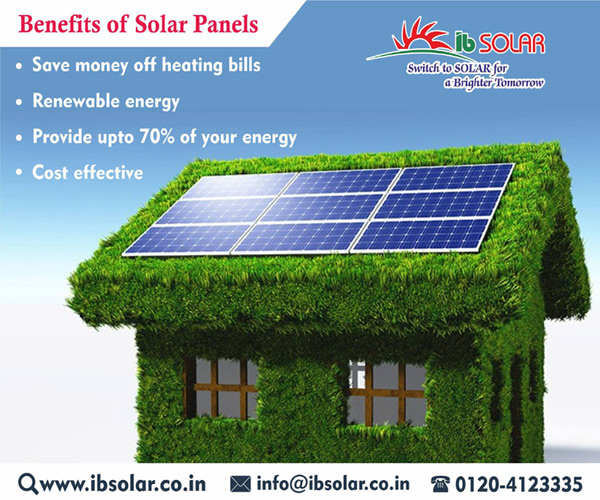Explore Simply Solar Illinois for Cost-Effective Renewable Energy
Explore Simply Solar Illinois for Cost-Effective Renewable Energy
Blog Article
Solar Energy 101: A Beginner's Guide to Sustainable Power Solutions
As the globe progressively shifts in the direction of sustainable power remedies, recognizing the basics of solar energy becomes important for both people and businesses. This overview provides a thorough summary of solar power, detailing the numerous systems offered and the mechanisms behind their procedure. By exploring the benefits of solar innovation, along with the monetary rewards and installation processes, one can get a more clear point of view on how to successfully integrate this renewable energy into their energy method. The trip towards embracing solar power invites further assessment of the obstacles and factors to consider that come with it.
Comprehending Solar Power
At its core, understanding solar energy involves understanding the fundamental concepts of just how sunlight can be converted right into functional electrical power. Solar energy is obtained from the sun's radiation, which can be used through different innovations.

Recognizing solar power also entails identifying its environmental advantages. By making use of sunlight, we can minimize greenhouse gas discharges and decrease air pollution, adding to an extra sustainable future. The developments in modern technology and efficiency of planetary systems remain to enhance their stability, making solar power a significantly attractive choice for global power requirements.
Types of Solar Power Systems
Different sorts of solar power systems are generally employed to harness solar energy for electrical power generation. The key categories consist of photovoltaic or pv (PV) systems, concentrating solar energy (CSP) systems, and solar thermal systems.
Photovoltaic systems make use of solar panels made up of silicon cells that convert sunshine directly right into electrical power. These systems are versatile and can be set up on rooftops, ground places, or integrated right into structure products.
Concentrating Solar Power systems, on the other hand, utilize mirrors or lenses to focus sunlight onto a little location, generating heat that drives a heavy steam turbine to produce electricity - Simply Solar Illinois. CSP systems are commonly deployed in large-scale power plants and call for direct sunshine, making them much less ideal for over cast regions

Each kind of solar energy system has its one-of-a-kind characteristics, applications, and suitability depending upon geographic place, energy demands, and budget, making it necessary to examine choices based on particular situations. - Simply Solar Illinois

Benefits of Solar Power
Using solar power with various systems not just gives a sustainable method to create electrical power however also offers a multitude of benefits. One of one of the most substantial benefits is the reduction in greenhouse gas discharges, contributing to a cleaner atmosphere and combating climate adjustment. Solar power is eco-friendly, meaning it is endless and offered as long as the sun shines, unlike nonrenewable fuel sources, which are limited and depleting.
Furthermore, solar power can bring about considerable cost savings over time. Property owners and businesses can decrease their electrical power bills significantly, and oftentimes, they might earn credits for excess energy generated via net metering. Furthermore, the solar industry produces work, from manufacturing to installation, stimulating local economic situations.
One more engaging advantage is power independence. By producing their very own power, people and neighborhoods can reduce reliance on external energy sources, enhancing strength versus rising and fall power rates and supply disruptions. Solar power systems call for very little upkeep, making them a convenient alternative for sustainable power generation.
Setup Refine Introduction
The installation procedure for solar power systems normally entails a number of crucial steps that make certain reliable integration right into a residential or commercial property. Originally, a comprehensive site evaluation is performed to review the roof covering's alignment, shading, and architectural honesty, which are essential to optimizing photovoltaic panel performance. Following this evaluation, the design phase begins, where a tailored solar power system is set up based on the property owner's energy requirements and choices.
As soon as the layout is completed, the needed authorizations and authorizations are acquired from local authorities, guaranteeing compliance with laws. The real setup entails placing the photovoltaic panels on the roof covering or ground, linking them to linked here an inverter, and incorporating the system with the residential or commercial property's electric configuration. This phase may likewise include installing battery storage systems, relying on the design.
After setup, an extensive evaluation is conducted to validate the system's functionality and safety. The system is commissioned, and property owners are educated on its procedure and upkeep. index With the installment full, the solar energy system can begin creating sustainable power, adding to sustainability and decreasing utility costs. This organized method ensures that solar systems are both reliable and reputable, optimizing their long-term advantages.
Financial Motivations and Financial Savings
Checking out the economic rewards and cost savings linked with solar energy systems can significantly enhance the allure of making the switch to renewable power. One of the most notable incentives is the federal solar tax obligation credit scores, which permits property owners to subtract a portion of their solar system installation expenses from their federal tax obligations.
Along with tax credit scores, numerous states supply rebates that can further reduce in advance costs. Some utility business likewise give performance-based rewards, gratifying solar power manufacturing over time. Financing alternatives, such as solar loans and leases, allow consumers to install systems with little to no deposit, making solar power more available.

In addition, solar systems can enhance home worths, offering a solid return on investment. In general, the combination of motivations and savings makes solar power a financially appealing choice for several houses.
Verdict
Finally, solar power stands for an important element of sustainable power options, providing a pathway toward minimized carbon impacts and enhanced ecological protection. The diverse kinds of solar power systems, combined with substantial financial rewards, facilitate broader adoption among people and areas. Recognizing the installation procedures and advantages connected with solar power encourages stakeholders to make educated choices. Inevitably, the change to solar energy not just fosters environmental responsibility but additionally promotes economic savings and energy self-reliance.
Report this page